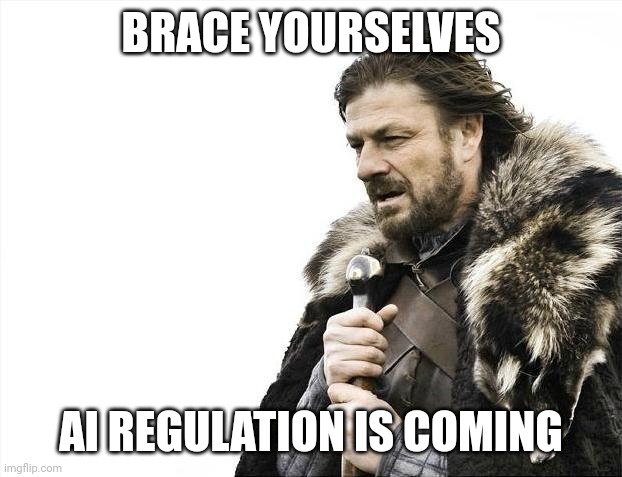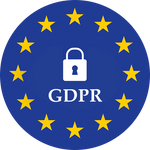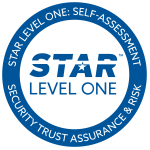If you’ve been following the growth of artificial intelligence, you’re likely aware that the EU’s new AI Act is set to officially come into effect at the end of May 2024. This groundbreaking legislation will regulate AI systems based on their risk potential. But what exactly will this mean, and why is it such a big deal?
Well, it will be the first of its kind in the world. The EU will successfully tackle the complex challenge of balancing innovation and responsible AI development. Their 4-tiered risk framework will ensure proportional oversight without stifling progress. However, it’s not without controversy. The debate around regulating versus encouraging new tech is heating up.
Read on for a breakdown of the Act’s key objectives and why this critical Act is already making its impact felt.

Categorizing AI Systems: The EU’s Risk-Based Approach
To understand the EU AI Act, you first need to comprehend how it classifies AI systems based on risk. The Act establishes four levels: minimal risk (MR), limited risk (LR), high risk (HR), and unacceptable risk (UR).
- Minimal Risk (MR): This category includes most AI systems like spam filters or video game bots. They pose little risk and require no intervention.
- Limited Risk (LR): Systems like chatbots (ChatGPT) or deepfakes fall under LR. They have lighter rules focused on transparency so people know they’re interacting with AI. Unless it’s obvious, users must be informed.
- High Risk (HR): High risk systems are used in healthcare, transport, education, and more. Think AI-assisted surgery or self-driving cars. They face stricter regulations like risk assessments, high-quality data reviews to reduce bias when testing, activity logs, documentation, user information, and human oversight.
- Unacceptable Risk (UR): The EU has implemented a ban on systems that pose an unacceptable risk like social scoring, which as the name suggests, is a score generated by determining an individual’s social behavior.
Fostering Trustworthy AI: The Act’s Focus
The EU AI Act aims to cultivate trustworthy AI with a human-centric method to ensure safety. Here are its main goals:
Ensure Safety and Fairness
High-risk AI systems must prove they are safe and mitigate biases. Developers need to conduct in-depth risk assessments and use high-quality data sets.
Promote Transparency and User Rights
Users have the right to receive clear information that they are interacting with AI, especially for high-risk systems. This helps build trust in the technology and gives users more control over their data and experiences.
Encourage Innovation
While regulating AI development, the EU wants to cultivate an ecosystem where companies can still innovate. Programs like “regulatory sandboxes” allow companies to test high-risk AI in controlled settings. The framework helps companies like startups develop new applications responsibly by identifying concerns early on. The key is balancing oversight and support.
The Debate: Balancing Innovation and Regulation
The EU AI Act has sparked debate, especially for US tech companies. The EU believes it can set a standard for trustworthy AI, but some worry strict rules may hamper innovation. Striking a balance between responsible AI and innovation is key. The Act is a big step toward this balance, and how it’s implemented will be closely watched worldwide.
Concerns Over Regulation
Some worry that strict regulations might discourage companies from developing new AI applications altogether due to compliance costs and uncertainty, and that the rules could put EU companies at a disadvantage compared to other regions with more relaxed AI policies like the US and China.
However, the EU believes establishing trust in AI is key to public adoption and business success. Regulations give companies legal clarity to invest in this field. The EU Act represents balancing regulation and innovation, but implementation will determine its impact.
The Need for Responsible Innovation
While regulations may impact some companies, trustworthy AI is crucial for society. Unchecked, harmful, or deceptive AI could seriously damage user trust and public safety. The regulation will encourage companies to consider risks and address them proactively before deploying AI systems. With clear rules, companies also gain legal certainty and avoid issues that could damage their reputation.
The EU AI Act covers most areas of AI. However, emerging technologies require tailored guidance. Additional laws may expand on this framework to address such gaps while upholding principles of trustworthy AI.
Cybersecurity will play a crucial role in ensuring that AI systems are resilient against attempts to alter their use. Cyberattacks targeting AI systems may exploit their vulnerabilities or leverage AI-specific assets like training data sets (e.g., data poisoning) or trained models (e.g., adversarial attacks). It will be essential for providers of AI systems to implement suitable cybersecurity measures, considering both the AI system’s digital assets and the underlying ICT infrastructure to mitigate risks effectively.
Overall, the Act signifies the EU’s leadership in providing a model for globally harmonized AI governance. With collaboration, countries can develop policies benefiting both society and businesses.
A Balanced Approach
Overall, regulations and innovation in AI do not have to be mutually exclusive. Thoughtfully developed policies can cultivate an ecosystem where AI progress flourishes responsibly. The EU AI Act represents an attempt at forging this balance, though its impact depends on practical implementation. Achieving the right formula will require continuous feedback and adaptation to keep regulation and innovation in sync.
With the AI Act still evolving, stakeholders should engage in open discussions on how to implement rules that are both workable and serve society’s best interests. Finding common ground and compromises between policymakers, companies, researchers and the public will shape the future of responsible and trustworthy AI in the EU.
What’s Next? Tracking the EU AI Act’s Progress
Application and Enforcement
The Act is expected to come into force at the end of May 2024, and the new rules will apply anywhere between 6-36 months after that. Compliance will be overseen by national regulators, with guidance from the European Commission. Punishments for violations include fines of up to €35 million or 7% of global revenue, depending on the severity of infringement.
Some critics argue the regulations don’t go far enough, while others worry they are overly restrictive. The coming years will reveal how the Act influences AI development in Europe and around the globe. The EU aims to lead by example, demonstrating how to legislate AI in a way that protects citizens’ rights and fosters innovation. Success or failure, their efforts provide lessons for policymakers worldwide grappling with similar issues.
A Step Towards Human-Centric AI
So there you have it – a breakdown of the EU’s pioneering AI Act. This legislation sets out a clear framework to govern the development and use of artificial intelligence in Europe. By categorizing systems into different risk levels and applying proportionate regulations, the Act aims to encourage innovation while also protecting individuals’ rights and safety.
Overall, the EU AI Act represents an important step towards building trustworthy AI. Though still evolving, it has sparked a crucial conversation about AI governance and ethics. The world is watching closely as Europe navigates using laws to ensure the responsible and human-centric development of artificial intelligence.
Of course, the debate continues around finding the right balance between innovation and regulation. But the EU is leading the charge in establishing global norms for trustworthy AI. This is uncharted territory, and the Act’s implementation will likely involve ongoing fine-tuning. Still, it represents a critical first step on the path towards ethical, human-centric AI.













